One Bright and One Thick – Final B3 and Final B2 IEMs
Final Audio is back once again, this time with their B3 and B2 IEMs, both of which are interesting. They are priced at 500 USD, and 300 USD, so the comparisons with include FiiO FH7, IMR R2 Aten, TheCustomArt Fibae Black, for B3, and for B2, FiiO FA7, HIFIMAN RE800 Silver and UFO EAR 112 IEMs. As far as pairings go, we’re going for something more modest, including FiiO M11, iBasso DX160, Shanling M2x, Opus #3, HIDIZS AP80 and Earmen TR-AMP.
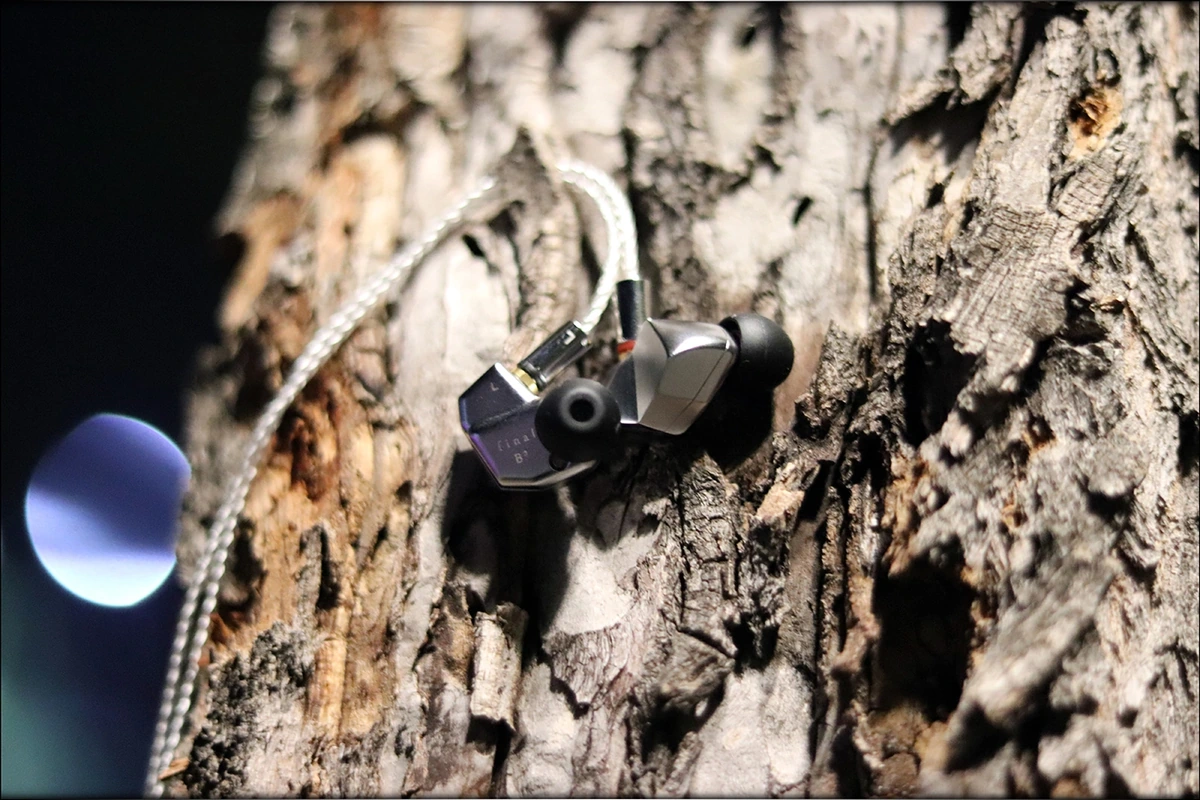
Introduction
Final Audio has come to show us how a true masterpiece from Japan looks like, and they managed to impress the entire world, by keeping face while having the exact same package for many generations of IEMs, starting with their E4000 and E5000. They are known for being very supportive of their fans and customers, and in Japan they have a strong following, employing Waifus to give virtual tours of their shops, and being present at every large convention there. They will provide direct warranty and support, and they are also represented by some local sellers, so you can get quicker, and more reliable support, especially if you don’t like delayed shipping times.
It should be noted that I have absolutely no affiliation with Final Audio, I am not receiving any incentive for this review or to sweeten things out. I’d like to thank Final Audio for providing the sample for this review. This review reflects my personal experience with Final B 2 and B 3. Every opinion expressed is mine and I stand by it, the purpose of this review is to help those interested in Final B Two and B Three find their next music companion.
Product Link
You can always get Final Audio B2 or B3 from www.amazon.com here:
Final B2: https://www.amazon.com/Final-Isolating-Headphones-Earphones-Balanced/dp/B07VFD2ZW9/
Final B3: https://www.amazon.com/Final-Isolating-Headphones-Earphones-Balanced/dp/B07VSD9LKK/
Packaging
First things first, let’s get the packaging out of the way:
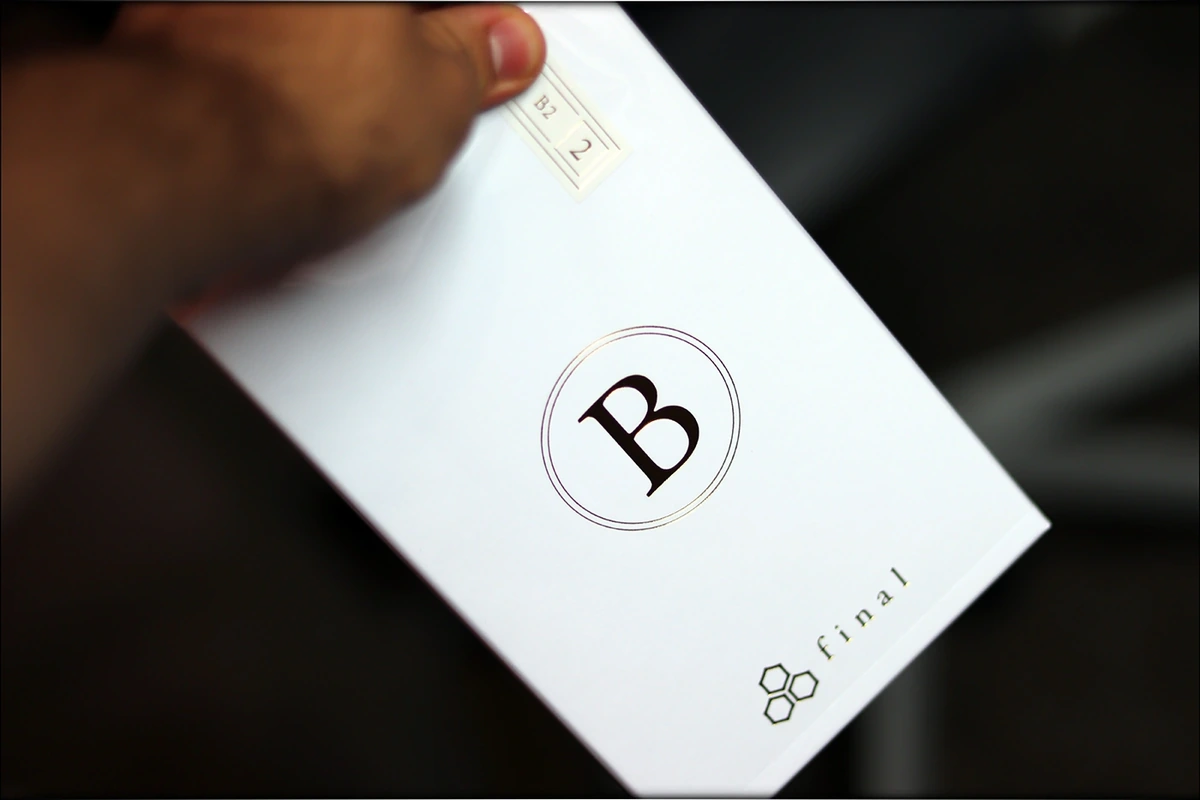
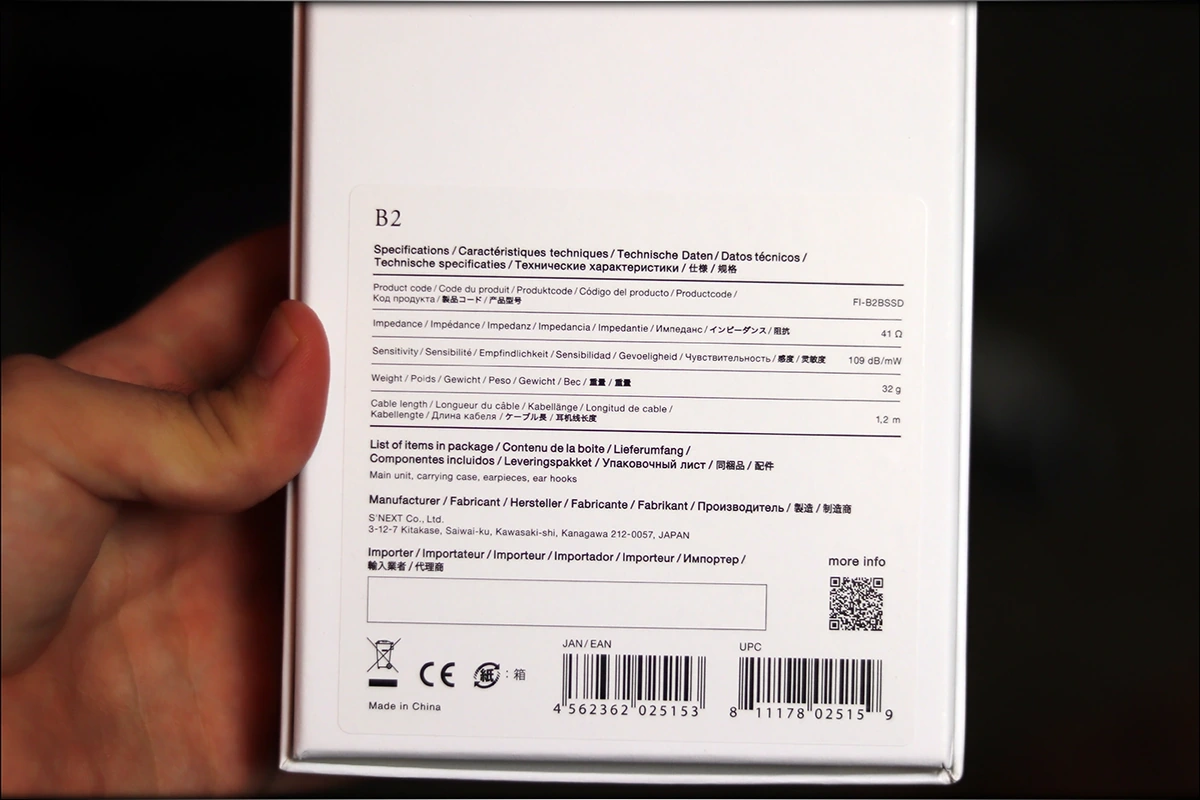
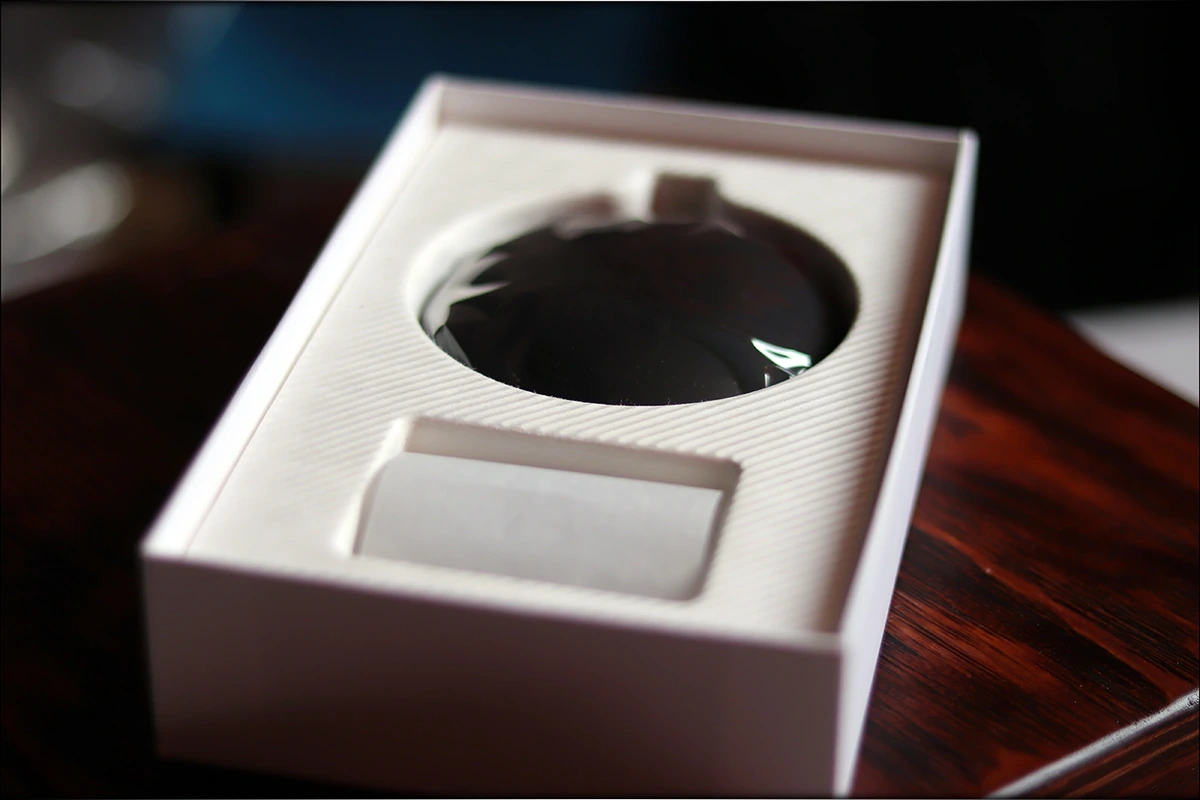
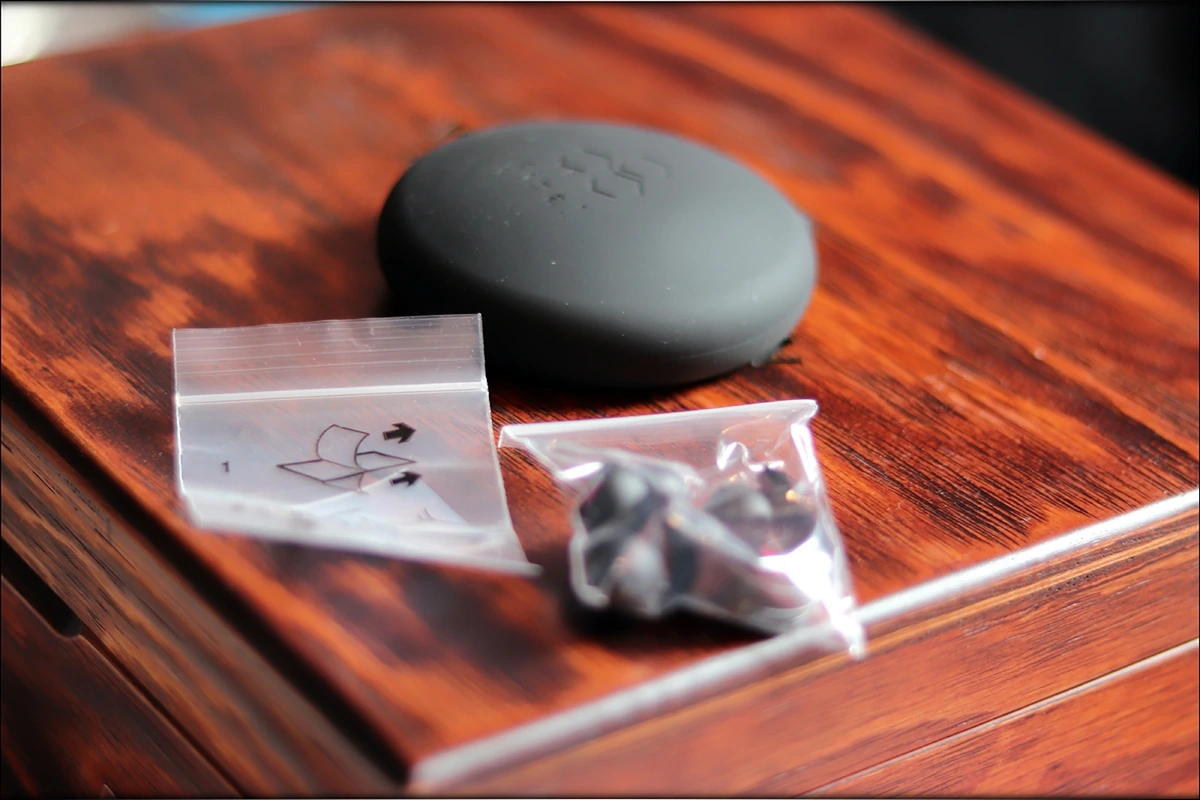
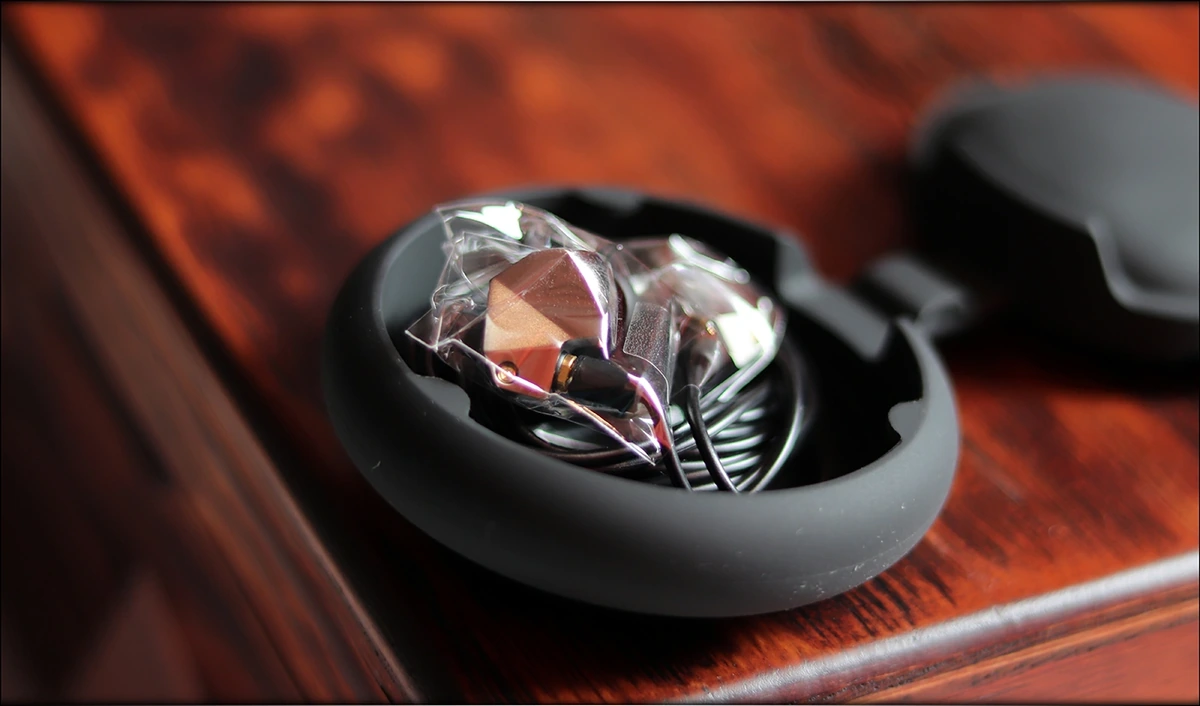
I always loved the Japanese art of making things aesthetic, and they never cease to amaze. Even some of the most trivial things can be fun to unbox and explore, and if you read my review on Final E5000, you know I’ve been a fan of their packages for a few years now.
The package is the same as the one for Final B1, which I already reviewed, and they have all the basics narrowed down, but there’s not much extra. The tips included with both are Final Tips, and those are some of the most comfortable tips out there, on par with the Spinfit tips included with Dunu DK-4001, DK-3001 PRO, and Lime Ears Model X.
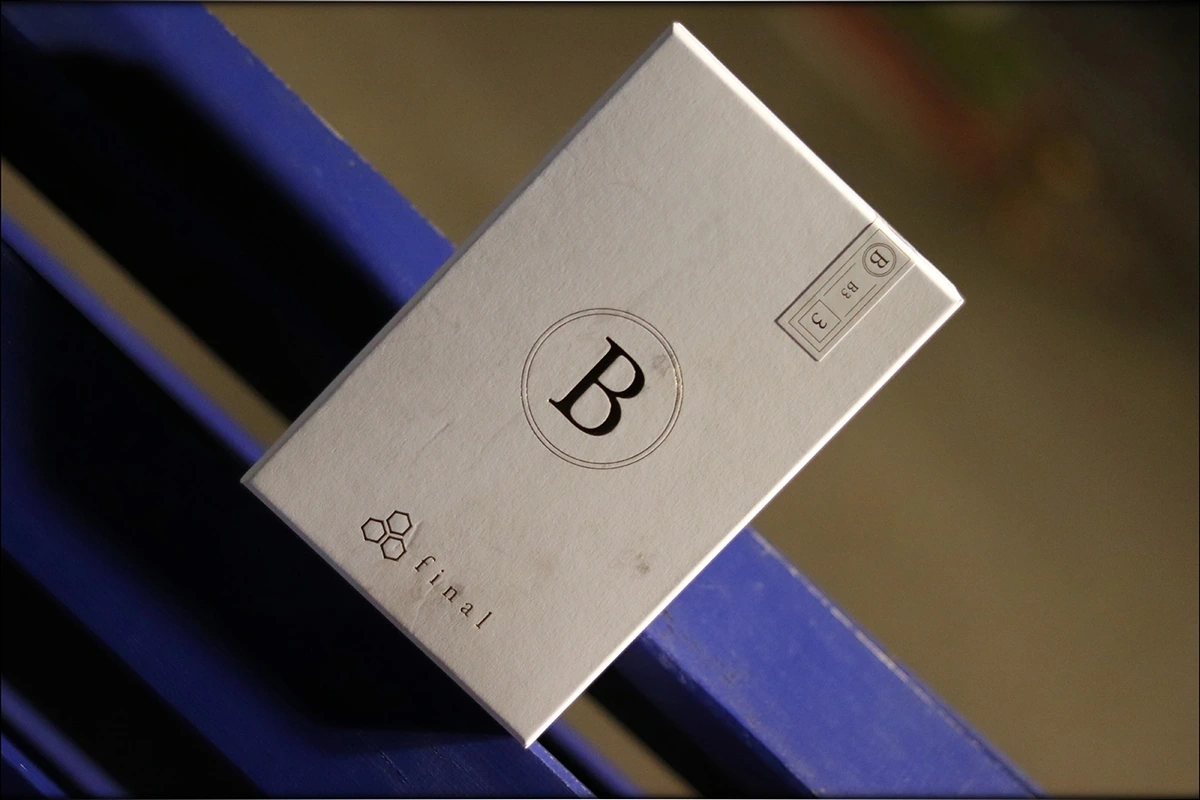
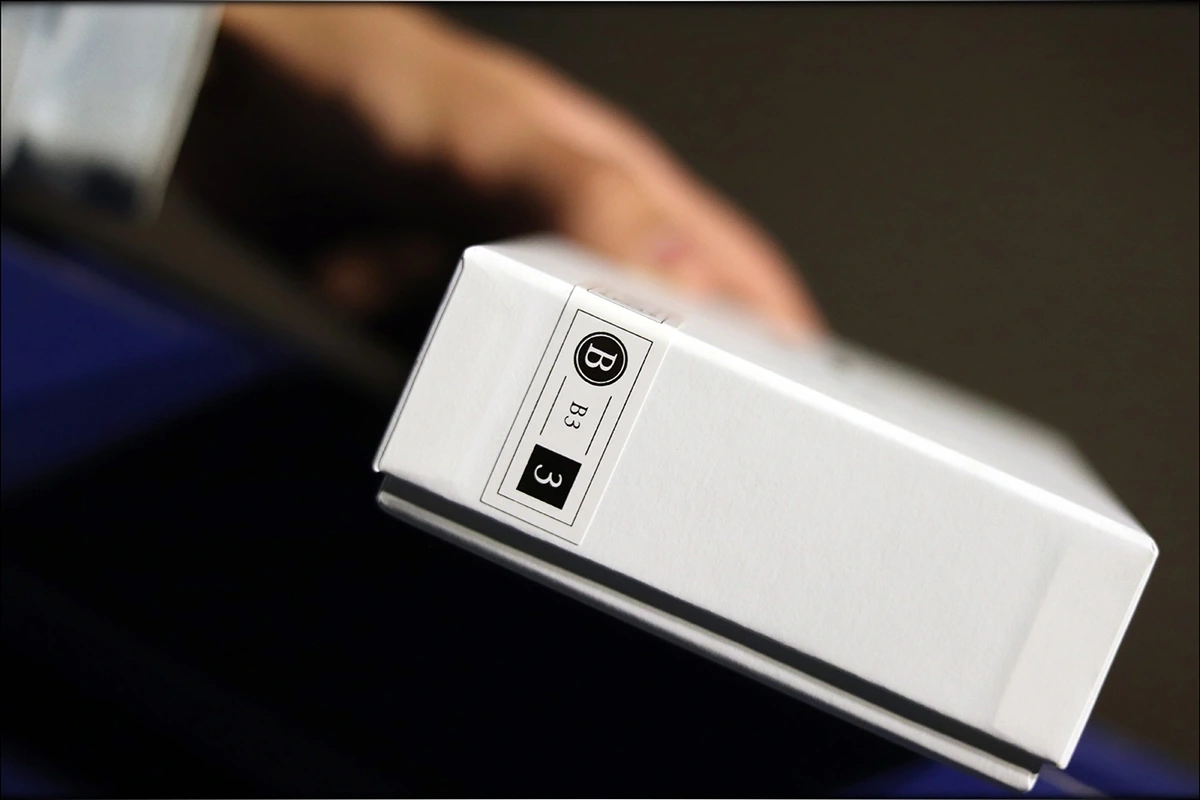
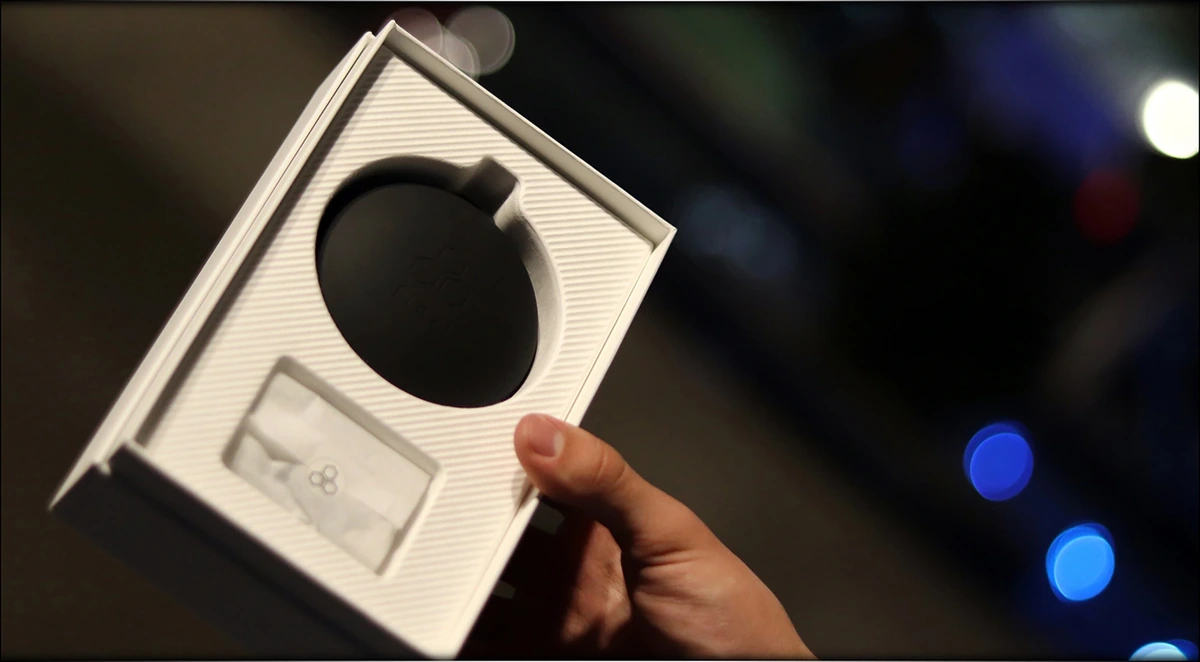
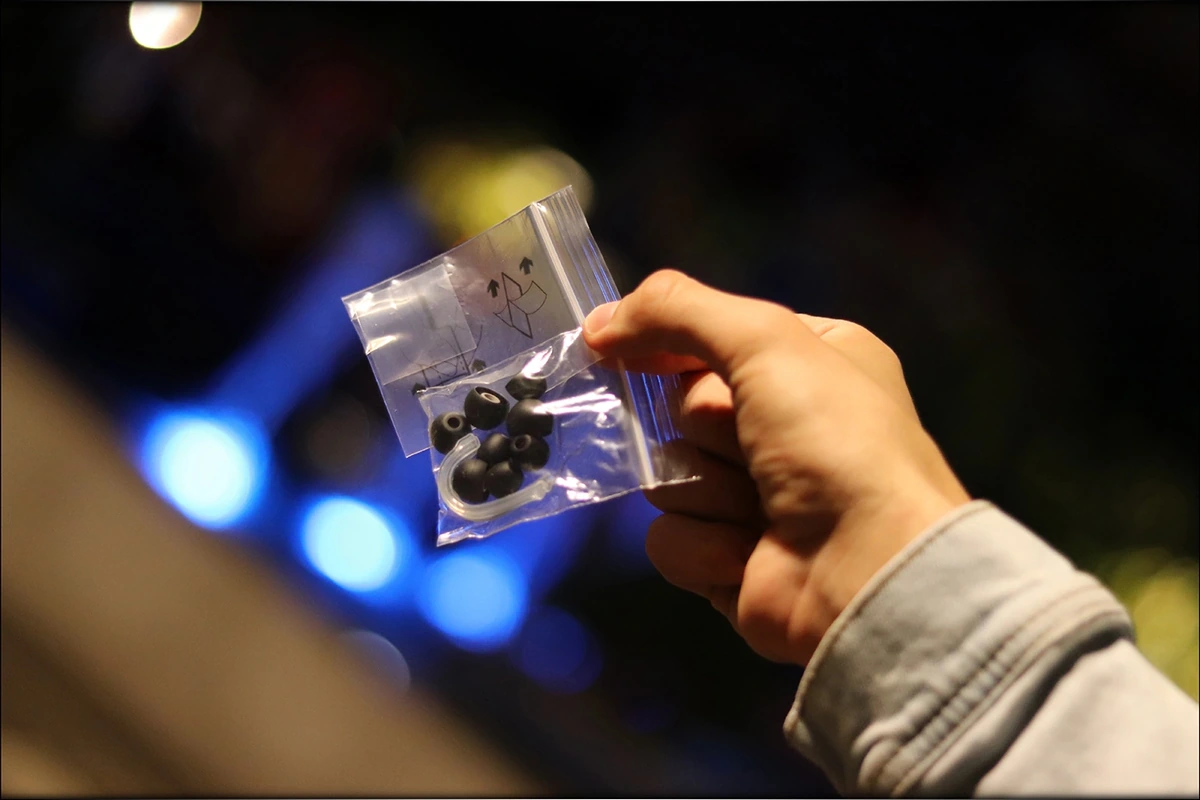
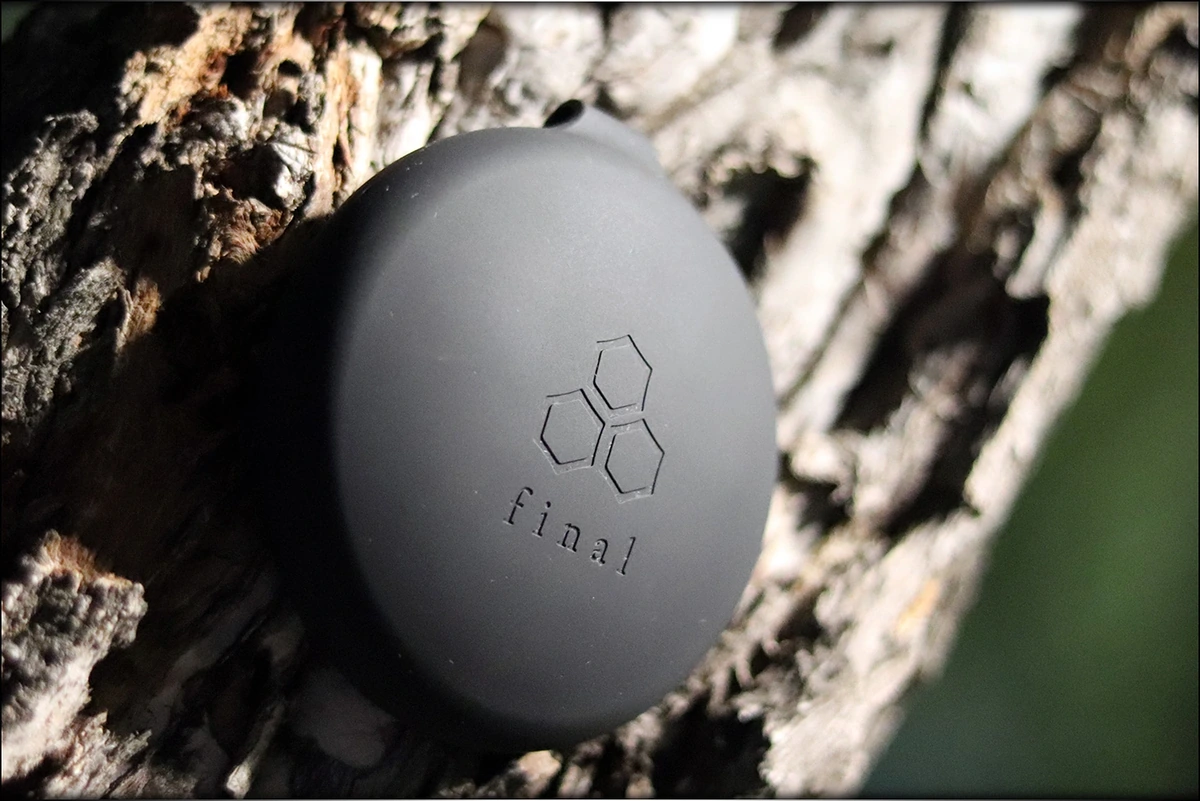
I sometimes wish that Final Audio would include something a bit more practical for a carrying case, because the default rubber carrying case is not the most practical solution, and actually is quite easy to open and the IEMs may fall out. This being said, the case protects them really well from drops and impacts, and if you like a forward design, it is different from anything that’s out there at the moment.
There are ear guides included in the package, for those of you who may get a better comfort using those, but I personally have a much poorer comfort when using them, and I prefer using the IEMs as they come.
Build Quality/Aesthetics/Fit/Comfort
There are two key differences between B 2 and B 3, and you should keep in mind that B3 is the better of the two in every way, including cable, and build quality.
Those two key differences are the tech inside, as B3 is a networkless, so no crossover, 2BA design, while B2 is a 1-BA design, and the cables included with each. Only by holding them side-by-side you notice that the finish is also slightly different, with B2 having a gunmetal finish, while B3 is more of a frost silver finish. Both are kind of silvery and neither isn’t particularly glossy.
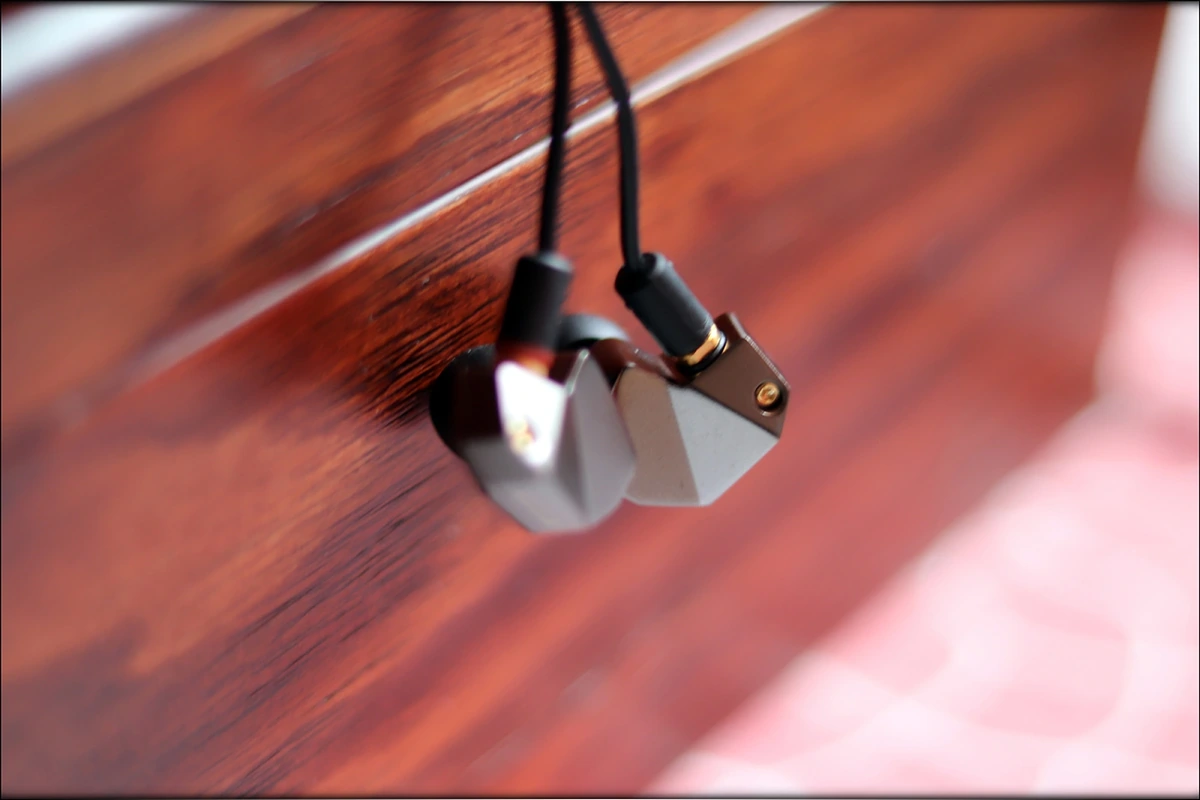
I noticed that there’s going to be more headroom in B3, and if you are one to EQ or tweak your sound, B3 will manage to sound better than B2. This also means that B3 will hold its ground a bit better at loud volumes. Those are tested things about those two IEMs, not necessarily general rules about the number of drivers.
I did notice a trend though, as with TheCustomArt Fibae Black, which had a pretty limited headroom in both maximum volume, and in terms of how much EQ it could take.
B1 is even more different and stands out with its beautiful mirror finish, the high-quality cable, and with the sound that overtakes B3 and B2 in terms of detail, clarity and overall tuning.
The comfort is awesome with both B2 and B3, the cable is more flexible, but feels lower quality on B2, and if you have them side-by-side, you notice this a lot, but you may also notice it from the photos, B3 having that unique braided cable, while B2 has a very bland black thin cable.
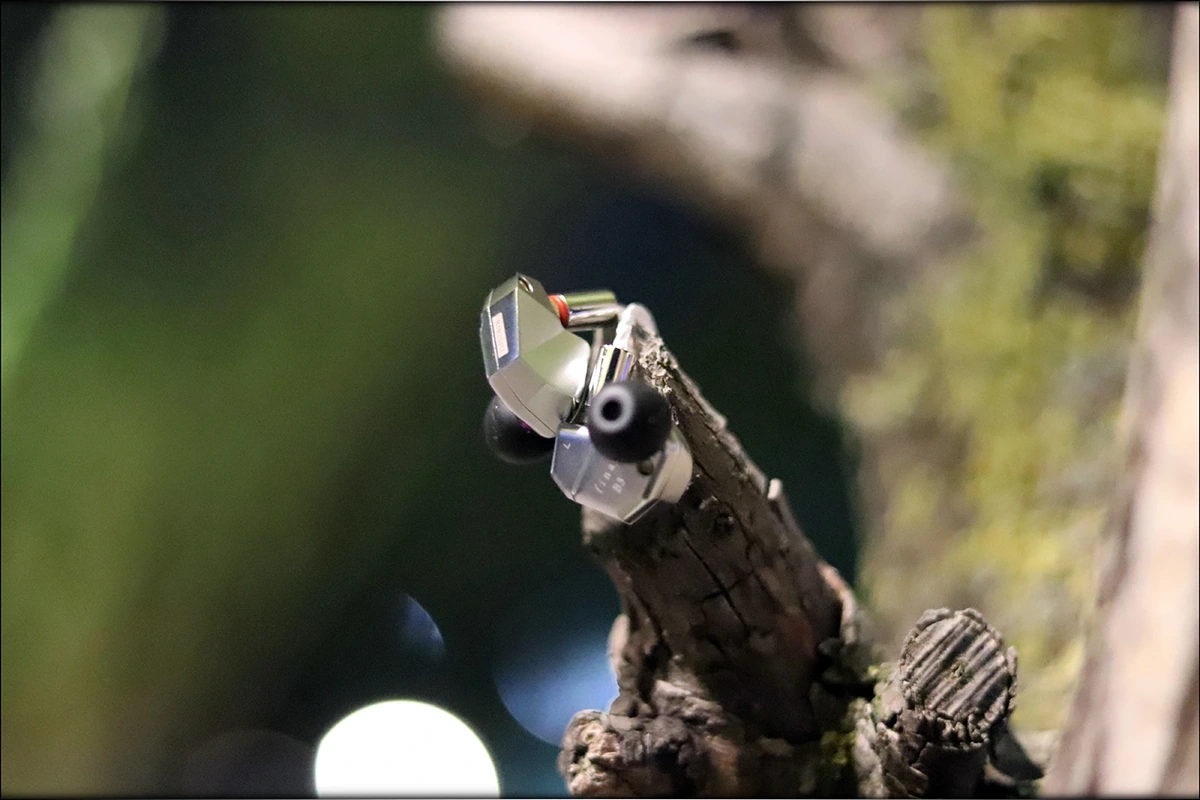
Neither of the cables doesn’t carry any microphonic noise, and both offer great comfort, although when switching between them, since I had both, the cable of B3 does sound a bit cleaner, more crisp, and also a touch brighter.
Final B2 has a higher sensitivity of about 109dB, and a higher impedance of 41 OHMs, which makes it easier to drive, and which makes it sound better from entry-level sources, including smartphones, or ultraportable DAPs like FiiO’s M5, Shanling M0, or HIDIZS AP80.
On the other hand, Final B3 gets a lower sensitivity 102dB, and it also gets a lower impedance of 19 OHM. This means that B3 is more sensitive to hiss, so DAPs like Hiby R6 are not recommended, but DAPs like FiiO M9, FiiO M11, Shanling M2X, xDuoo X20, and Opus #2 should work flawlessly. Final B3 is not hard to drive, but I noticed that it does sound better from a good source, and I noticed that it can reveal hiss and noise, since testing it with HPA-3U did reveal noise, but it also revealed that Earmen TR-AMP is silent.
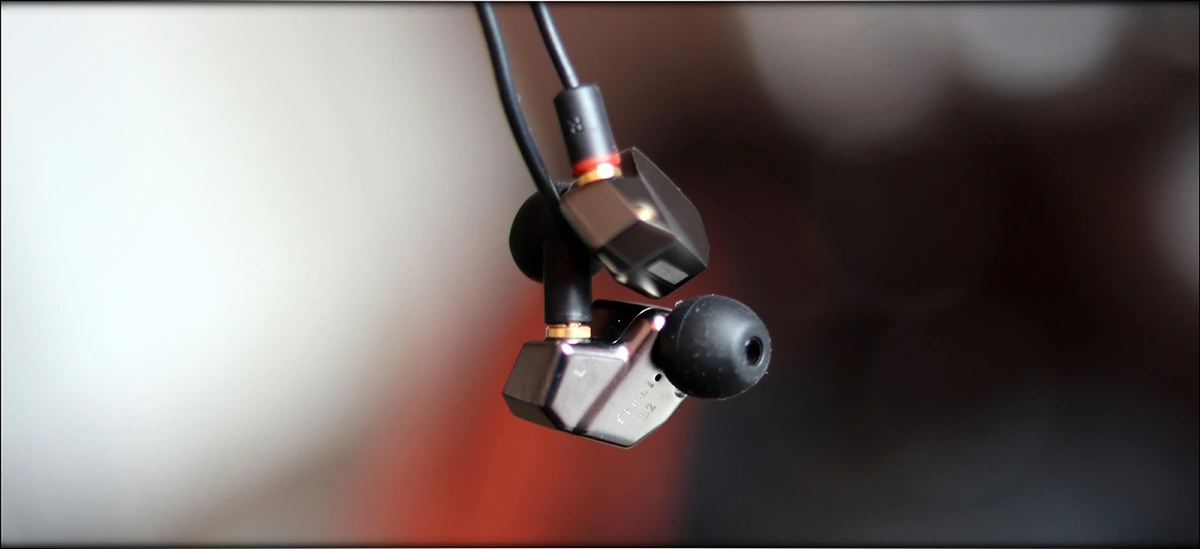
Both IEMs have the same comfort, and it is the same comfort as B1, both feel nicely when over-the-ear, both are modest in size, so they should work for both medium and smaller ears, and neither doesn’t have pointy edges that may cut into your ear during usage. I noticed that both IEMs have a moderate level of passive noise isolation, neither isn’t Etymotic ER4XR, but neither isn’t quite as open as Final E5000, or Audeze iSine20. Both have a moderate level of leaking, so blasting them full-volume in a library may not be the best idea, and neither isn’t quite as silent as FiiO FH7.
Overall, both are comfy, and both make good outdoors IEMs, and you can use them nicely indoors as well, provided you don’t have to keep silent for a baby, and you don’t have a really really noisy environment and you don’t need to listen really quiet.
Sound Quality
Final Audio B2
The best way to describe B2 is as a thick, lush, warm, yet well-controlled IEM, with excellent imaging, and a gentle treble that rolls off and provides a smooth and relaxing listening experience.
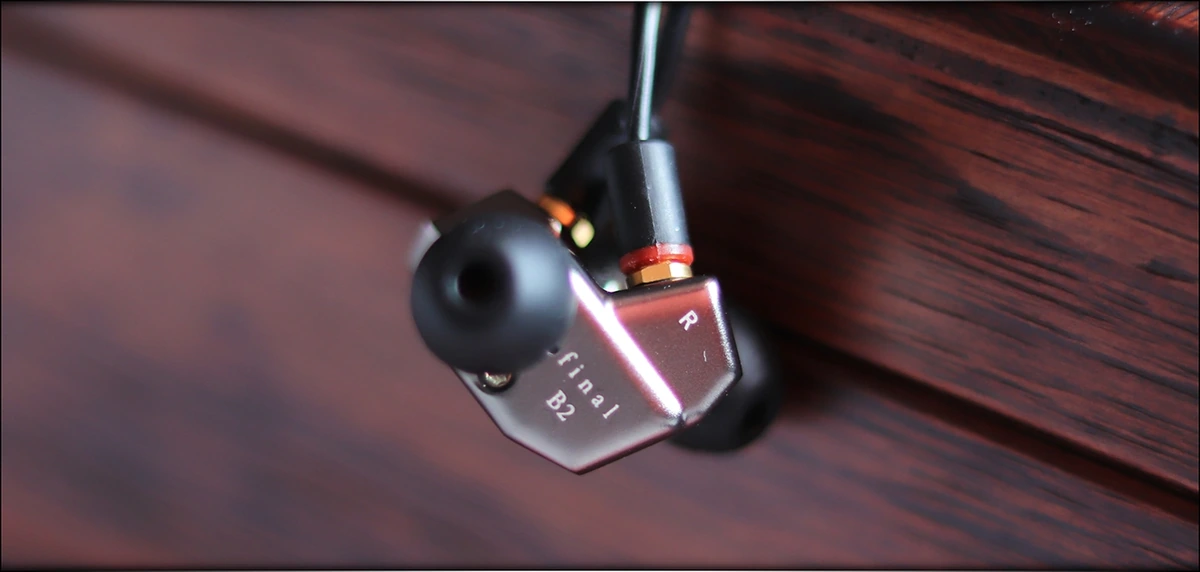
The bass is the central point of B2, as they have a stronger, thicker and hard-hitting bass. This gives them good soul, and the midrange also gets some coloration from that bass, because they have a really lush, thick and warm presentation, making them stand out for natural-sounding music. They favor Jazz, Pop, Acoustic and Room music a lot above metal and rock.
The midrange is rich, and also has a natural timbre. There’s a good amount of detail, although analytical would be the least word I’d use to describe them. The imaging is surprisingly good, you get a good sense of spatiality with them, but they are also pretty intimate, so if you like being in the center of your music performance, if you like feeling really close to the singer, those should be a real delight.
The treble is rolled off, recessed and really smooth, but if you’re looking for this kind of treble, one to relax to, for hours on a row, they make a really good offer. The entire sound could be considered gentle, and has good overall contrast, with fairly good dynamics for a single BA design. The most surprising fact is that B2 manages to sound really controlled, so you don’t get a bloated bass, or anything that could be said to be out of proportions. This means that although they are rich, thick and warm, lush and full of life, they don’t cross into being too dark, veiled, or slow, and the bass has a good body, but is never sloppy nor tiring.
Final Audio B3
B3 is a Natural / Bright-ish experience, with a wide soundstage, excellent instrument separation, clear and accurate, with a slightly rolled off sub-bass, and with great dynamics.
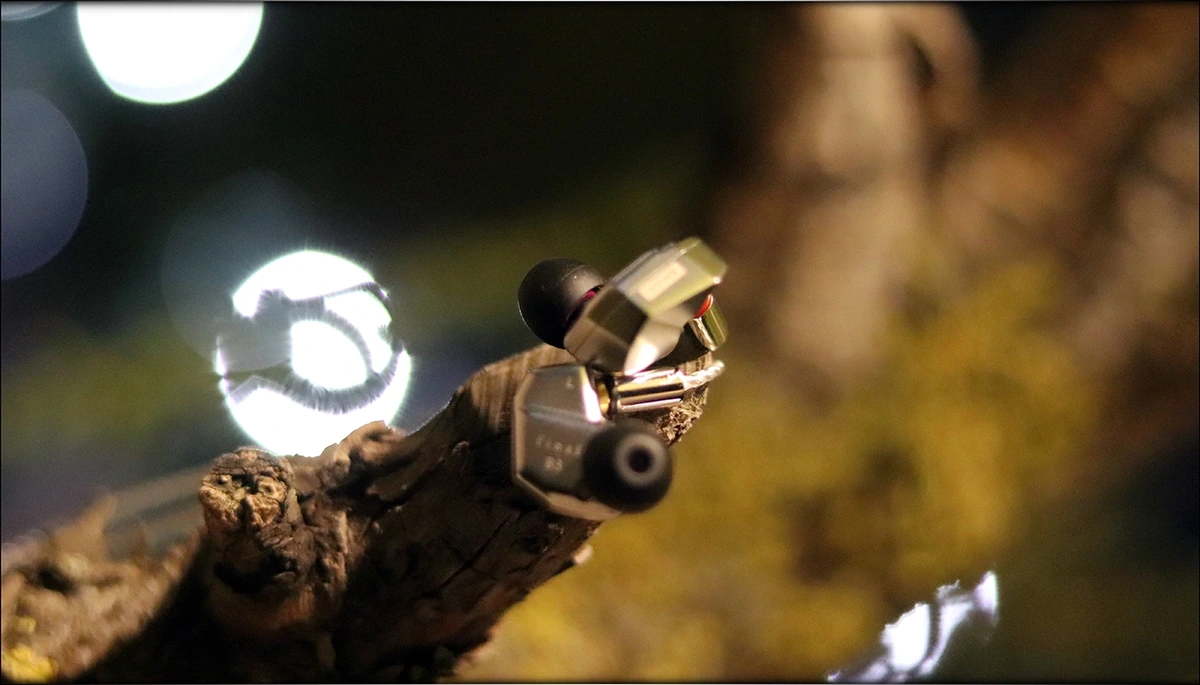
I should clarify this from the get-go, as I mentioned that there’s a lack of headroom, that’s only if you blast B3 so loud it makes you think you’ll need hearing aids. For normal listening volumes, they have enough, and they also take some EQ without distorting, so there’s no real issue there.
The bass is what I’d call a mixed bag. Where for B2, the highlight was it’s bass, for B3 the bass is probably its weakest point, because while it is ever so slightly bumped above the midrange, it lacks some of that sub-low extension that you may be looking for in a traditional V-Shaped IEM. This is why I consider B3 to be a natural bright-ish IEM, rather than a full V-Shaped one. Besides the sub-lows lacking some extension and impact, B3 has a beautiful main bass body, and a recessed upper bass, which leaves enough space and creates a good balance for the mids.
The mids are natural, not exactly forward in presence, but not really recessed either. The tonality is slightly bright, and also slightly wet, which works well for all music, from rock, to pop, to EDM. I’m not a big fan of dry-sounding IEMs and headphones, as most people fear BA Drivers will sound like, but in my experience only Etymotic ER3 and ER4 IEMs sounded really dry, most of the other BA-designs can sound really wet and natural. Back to B3, they have a huge soundstage, combined with excellent imaging and layering, which makes me really pop them more often in my ears.
The treble is also a highlight for them, because it has good extension, also has a wet / soft presentation, and compliments the bass and the midrange quite well, by not having too forward of a presence. This was an issue with really bright IEMs, and even with V-Shaped IEMs that have too much treble, but happily with B3, I never get tired of their presentation. They also have great accuracy and a clear sound. Overall, they can be considered pretty musical as well, especially for electric guitars, where they sound sweet and refined.
Portable Usage
Portability is great for both IEMs, and you could easily enjoy both out of a portable source, and if you’re a bit more daring, you could even bring a DAC/AMP like iFi Q5s, iFi xDSD, or xDuoo XD-10 Poke to the fight.
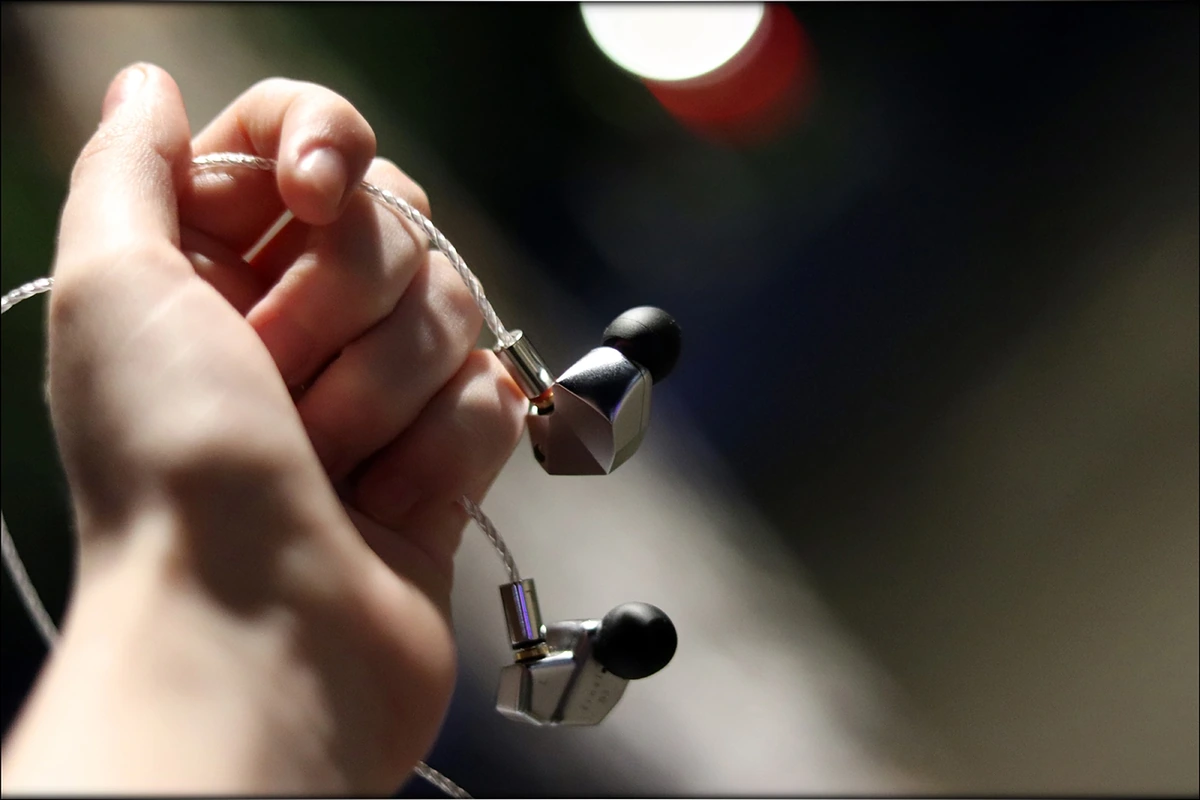
Since neither isn’t exactly an Etymotic of isolation, I consider them great for portability, you want something that has a fair degree of isolation for usage while on a walk, but you don’t want to be entirely cut from the outside world, or you could run into an accident. On the other hand, the leakage is low enough to not bother others if you used them while on public transport, but both B3 and B2 have some leakage.
The best part about both is that they are made to last, the construction quality is so awesome that you won’t have to ask about what the warranty is like.As a proof, I have a pair of Final E2000 and a pair of Final E4000 from a few years ago, when I reviewed them, and they have been used daily, but still hold up, and the B series is even better made than the E series.
The little ear guide thingies may prove handy if you’re prone to discomfort while using IEMs, but I personally had better overall comfort with the B series if used as they are, I personally get a great fit with the bare cable touching my ears.
A good point to remember is that neither IEM doesn’t have a driver flex, so you can easily use them for jogging, running, and other activities.
Youtube Video
Final Audio B2: https://www.youtube.com/watch?v=gdIWIHrNApc
Final Audio B3: https://www.youtube.com/watch?v=c7CM_z8OlIo
Comparisons
The list of comparisons includes two parts, one where I compare Final B2 with FiiO FH7, IMR R2 Aten, and TheCustomArt Fibae Black, and one where I compare B2 with FiiO FA7, HIFIMAN RE800 Silver, and UFO Ear 112 IEMs.
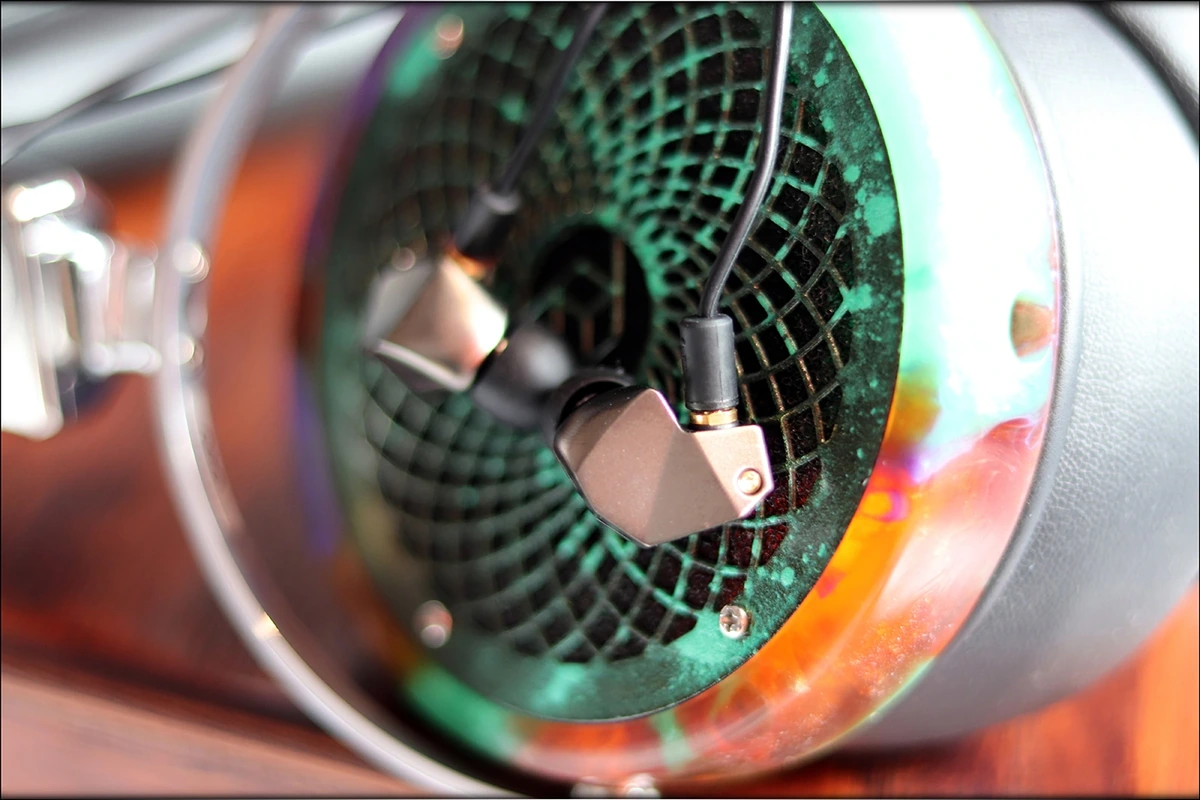
Final B2 vs FiiO FA7 (300 USD vs 300 USD) – Thick versus Thick, bassy vs bassy, this comparison has been called for many times, so I’m happy to deliver. The package is better for FA7, and by a good margin. The cable is better on FA7 as well. There is no driver flex on either, and I’m getting better comfort on B2, but slightly. The sound is thick on both, and warm, but FA7 is considerably more bassy, also more creamy. This means that it has a more dry character, which would work really well for EDM, Hip-Hop, but when you grow bored of that thick sound, you realise that it is pretty much the only trick it has up the sleeve. B2 is more natural in the overall tonal balance, although FA7 has the more true-to-life mids, with B2, there’s warmth in the midrange, and there’s more treble present. The biggest difference here is that FA7 sounds like a system that has a lot of bass, where B2 sounds closer to a rich, full of life system, you get a more natural presentation from B2 because the mids don’t have only thickness, they also have rich textures, where FA7 is very thick, but has a more lean midrange.
Final B2 vs UFO Ears 112 (300 USD vs 360 USD) – UFO 112 is pretty much at the other end of the spectrum, with a really bright and slightly sibilant signature, but a revealing sound, analytical character, and with just a clarity that’s hard to come by in the 300 USD price range. The package is similar between the two, B2 comes with a rubber case, while UFO 112 with a metallic case, but UFO 112 has that spaceship thingy going on, which I featured in my video review of it. UFO112 has more tips, but doesn’t come with Final Rubber tips, which are the main tips for B2. The comfort is great on both actually, neither doesn’t have any driver flex, nor void. UFO 112 has a low impedance, just like B3, but when compared to B2, it is easier to drive B2 from a variety of sources without hiss, while UFO 112 will be more picky. Overall, if you’re going for bright, if you don’t mind bits of sibilance here and there, and if you like energetic, sparkly, and detailed sound, with an analytical edge, UFO 112 makes a great companion, while if you want a natural IEM, with a rich midrange, and a lush signature, B2 will be much more suited for you.
Final B2 vs HIFIMAN RE800 Silver (300 USD vs 30 USD) – The package is better for B2, and it has better tips included in the package. In fact, everything about B2 screams of a better quality, compared to RE800 Silver, and B2 has detachable cables, which RE800 Silver doesn’t. It all leans in favor of B2, and I mean everything, until you reach comfort, where RE800 Silver is still unbeaten. They are just so tiny, so small, that you can use them without feeling them, they simply don’t touch your ears. RE800 Silver has no driver flex, and it is simply comfy. It can be worn straight-down and over-the-ear, while B2 can only be worn over-the-ear. The sound is quite different, with RE800 Silver being an aggressive V-Shaped sound, with a lot of bass, strong treble, and a lively, full of contrast and textured treble. The clarity is better on RE800 Silver, and so is the overall dynamic, as well as the headroom, as it is a dynamic driver. Final B2 is more intimate, has a considerably more lush and rich sound, with more emphasis on a smooth and relaxing treble, they work better for serious, and for natural music, like Jazz, and for music where thickness creates a better sense of realism for the listener.
Final B3 vs FiiO FH7 (500 USD vs 450 USD) – Final B3 is priced pretty close to FH7, which made me add the comparison to my review, but in all honest, when you look at the package, the artistic and user-friendly approach of Final is quite outmatched by the very complete package of FH7. The comfort is a bit better on B3 thanks to its smaller body size and shape. The overall headroom is much better on FH7, if you’re an EQ fan, or if you like to blast your IEMs loud. You get a different sound though, especially with FH7 having filters included in the package, but both follow the same main sonic signature, a brighter one. B3 has a bit of sub-bass roll-off, while FH7 extends better in the sub-lows. The upper midrange is a bit more forward on B3. The main midrange is softer, with a more wet character on FH7. The treble extends better on FH7, especially in the upper highs, but it has an ever so slightly softer character on B3. From the two, FH7 is more revealing, has more clarity and detail, and also a larger soundstage. More headroom as well, so you can blast them louder, EQ them and fine tune them. B3 has a more beautiful design, and arguably, they also have a slightly more natural midrange, FiiO FH7 is actually a bit colder and if you don’t like a more analytic sound, B3 may suit your preferences better.
Final B3 vs TheCustomArt Fibae Black (500 USD vs 510 USD) – TheCustomArt Fibae Black has a single BA driver, but with a complex acoustic room behind, made to squeeze the most out of its single Ba driver. This makes it really limited in terms of headroom, so you cannot listen to it too loud, and you cannot EQ it at all. B3 feels like a chad, allowing for quite a larger headroom. The comfort is better for B3, and so is the overall package, although, Fibae Black and TheCustomArt IEMs in general can be made as customs, rather than universals, which makes them isolate better, and would offer a more well-fitted experience. The universal version of Fibae Black has some void, making it hard to recommend if you’re into a lighter more comfortable IEM. Fibae Black has a tuning that’s considerably more similar to Final B2, rather than B3, as Fibae Black is dark-ish, has a thick, warm sound with a strong bottom end, and from there it rolls off, the midrange being placed behind the bass, and the treble being even more remote, making the entire sound very smooth, and fatigue-free. This makes Fibae Black a really good IEM for those who want an intimate, rich experience with a lush mid, and natural tonality, while B3 is considerably brighter, more open, has a much larger soundstage, more instrument separation, and also a more revealing sound.
Final B3 vs IMR R2 Aten (500 USD vs 500 USD) – The package is similar between the two, both having some disadvantages, and neither being perfect. For the most part, IMR R2 Aten is a larger IEM, but in the end both are pretty similar in comfort. In terms of leakage, R2 leaks more, and also isolates less than B3, which feels like a pretty closed IEM by direct comparison. The soundstage is large on both, and both are the wide type, both having similar depth as well. The thing that differentiates them the most is the main signature, which is natural – bright for B3, and aggressively V-Shaped for IMR R2 Aten, which is a very strong bottom end and a very strong upper midrange / lower treble. This makes R2 Aten stand out better if you enjoy contrast, an explosive exposition, and more impact, while B3 feels more natural, the midrange is recessed less, and feels more universal, easier to recommend for someone who leans towards a cold and bright signature, but who also enjoys a sweeter midrange with less colouring.
Recommended Pairings
The pairings list will include iBasso DX160, Earmen TR-AMP and FiiO M11 for Final Audio B3, and Opus #3, Shanling M2X, HIDIZS AP80 for Final Audio B2. I prioritised sources that are really silent and quiet in terms of hissing, for Final B3, and I prioritised sources that are ideally brighter, or have high quality EQ within, for Final B2. This should compliment both the best, and result in the most pleasing listening experience.
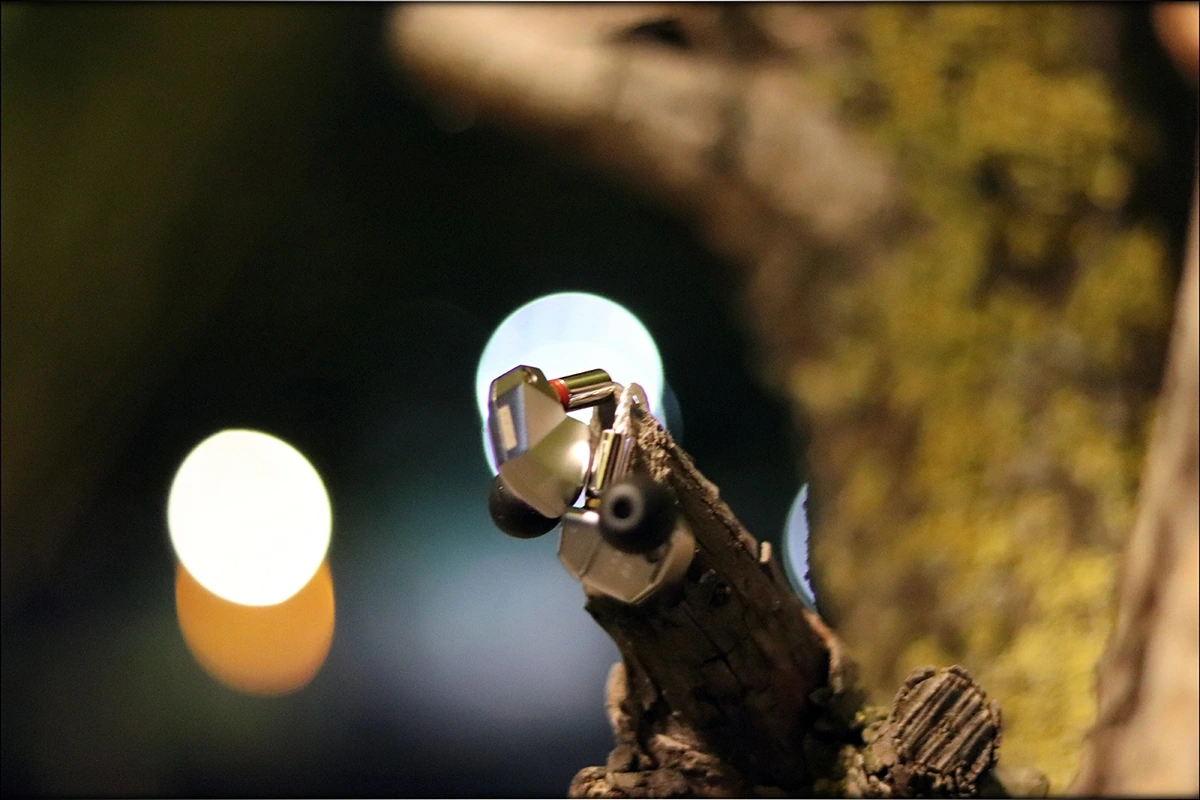
I have started adding the prices of each, so you have a clearer picture of what every one of them does, you can click on the names for the full review as well. I avoid that 399 USD price point and write it as 400, for example, because it makes the titles and sums easier to read in my reviews. Neither doesn’t scale very much with sources above their price point, which is good to keep in mind, as there are IEMs and headphones that scale a lot with the source, especially those very sensitive, or those who prefer a certain source type.
Final Audio B2 + Shanling M2x (300 USD +220 USD) – M2X is a magical touch DAP, because not only it doesn’t cost a lot, but it also has Tidal, Streaming abilities, and a beautiful ergonomic. There’s very little to dislike about M2X, and I really love its really sparkly treble performance, paired with the neutral midrange, which helps with the tonality of B2. If you wanted that thick sound to be lighter, if you wanted it to sound more open, and more revealing M2X is a great budget DAP to pair B2 with. I noticed no hissing, and the detail levels are pretty much excellent.
Final Audio B2 + Opus #3 (300 USD + 650 USD) – Opus #3 has a bright sound, which balances out the thick accent and tuning of B2. It is also really open and wide in its stage, and also has Streaming abilities, making it a really excellent choice at the moment of writing this review. It can also be paired with B3, and it puts it in steroids, making its sound even more detailed, more revealing, and increasing the size of the soundstage even more. #3 is still one of the top DAPs you can get, but that is if you don’t need much Streaming, or a fluid OS, because for 650 USD, there are other options right now, like iBasso DX220, which is much smoother.
Final Audio B2 + HIDIZS AP80 (300 USD + 115 USD) – AP80 is a happy situation, because they got some help in implementing a cheeky EQ in their tiny DAP, which lets you customise the sound however you want. You may remember that B3 and B2 both had a very low headroom, but AP80 somehow manages to be able to EQ them without distorting the sound. Indeed, this is probably the main reason to get AP80 as a DAP, the really well implemented EQ. There are more tiny DAPs, like FiiO M5, or Shanling M0, but AP80 has probably the best EQ of them all, while FiiO M5 has the best overall ergonomics and handling.
Final Audio B3 + Earmen TR-AMP (500 USD + 250 USD) – The TR-AMP is the thing that took the world by surprise, in a very literal way. It has the power to even drive HE6SE from HIFIMAN, it is able to keep it’s cool and be hiss-free with IEMs, and it has a reliable build. If I had any complaints with it, those were about the original USB cable it came with, because it didn’t work for data at all, but Earmen confirmed that it is a charging cable only. With B3, you will hear a very natural and well-controlled midrange, you have a large soundstage, and although you don’t have any EQ or enhancements, you get the performance of B3 in all its beauty. The best part about TR-AMP is that although it is single ended only, so you don’t need to get aftermarket balanced cables, you do get to experience a sound that’s better than most entry-level devices can offer even through a balanced connection.
Final Audio B3 + FiiO M11 (500 USD + 460 USD) – And as I was talking about Balanced and Single Ended, M11 pops up, and this is the first time in this entire review when I will tell you that you may want to upgrade the cables of B3. Although the default cables are excellent for ergonomics, and also have a nice sound, if you’re using them with a source that sounds much better on Balanced, B3 will be better off with different cables. M11 is a slightly bright source, but that works well if you wanted to get a brighter sound from B3, and didn’t want to tone it down. I actually don’t mind a brighter sound, after all I am a fan of HIFIMAN Sundara, and this is why I liked B3 to begin with. All in all, the pairing is like made in heaven, no hiss, M11 has Tidal and even DSD decoding, making it a great DAP.
Final Audio B3 + iBasso DX160 (500 USD + 400 USD) – I always admired iBasso for being able to keep up with FiiO and always providing a good alternative. Especially for those who wanted a DAP that’s as good as a DX150, but less pricey, and for all of you who didn’t want to bother with interchangeable AMP modules, iBasso made the dX160, with MQA, Tidal, very quick hardware, and a sound to die for. The sonic signature of DX160 makes B3 sound a bit more natural than its usual, makes it a bit warmer, a bit more natural, and a bit more gentle, so it takes away any digital traces, or harshness or too much brightness.
Value and Conclusion
You probably knew from the start, and by looking at the prices of both, that neither isn’t necessarily a value IEM, and if you wanted great value, you could probably explore Chifi a bit more, rather than looking at a Japanese producer. Priced at 500 USD for Final B3, and 300 USD for Final B2, they are a fair value, and the value is given more by the beautiful aesthetic, unboxing experience, reliable support, build quality, comfort, and sound quality, so the whole product as a whole, rather than the sonic quality alone, as it is for some Chifi IEMs.
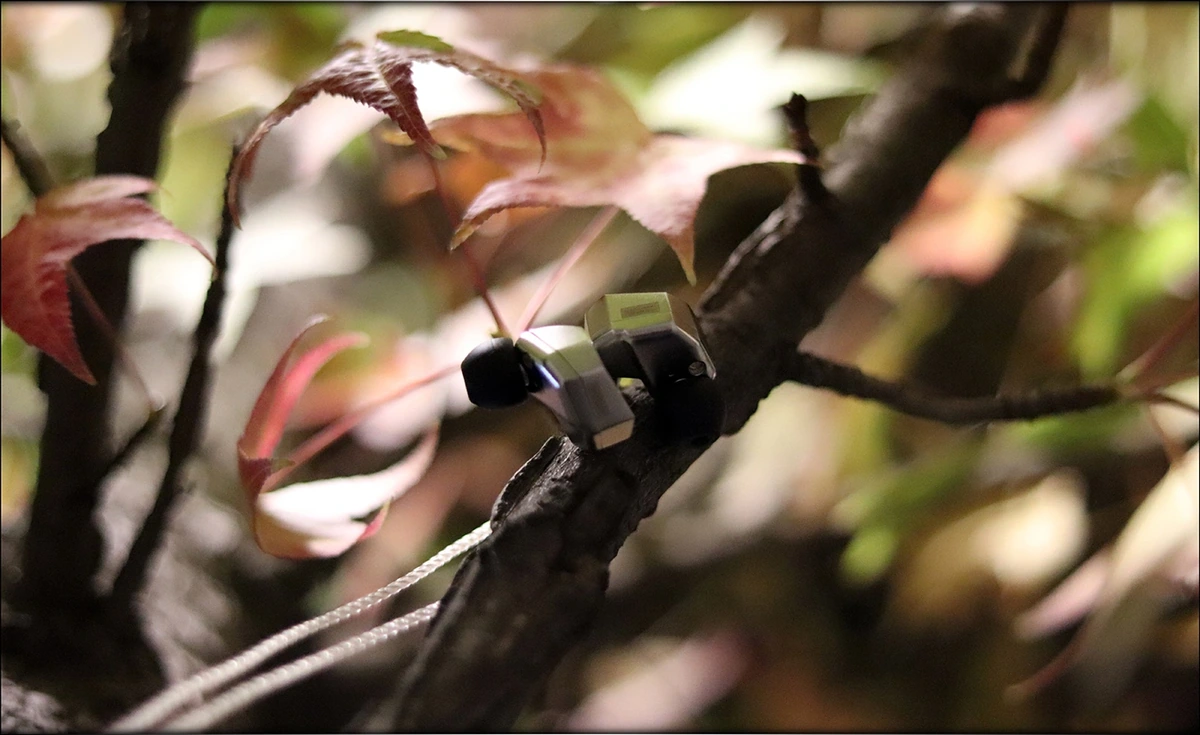
The unboxing experience is always downright awesome with Final Audio, and you never wonder why you went with them, plus, although they don’t have many extras, like secondary cables, they do have a very stylish and unique carrying case, and they come with Final Tips, which are some of the best in the world. The Final tips are developed by Final Audio, so their IEMs are best tuned to work with those tips.
When you consider the comfort and the build quality, Final B3 has been one of the IEMs that got the most head time from me in the past few months thanks to its excellent comforty, and easy-to-drive nature. This being said, if I was downright honest, I was never satisfied with the sound I got from it and my smartphone, a Xiaomi Mi Max 3, so I usually ended up using it with either the Earmen TR-AMP, or FiiO BTR5. Final B2 has the same great comfort, but I could actually use it with my smartphone, and am really happy with the result, especially as it doesn’t scale very much.
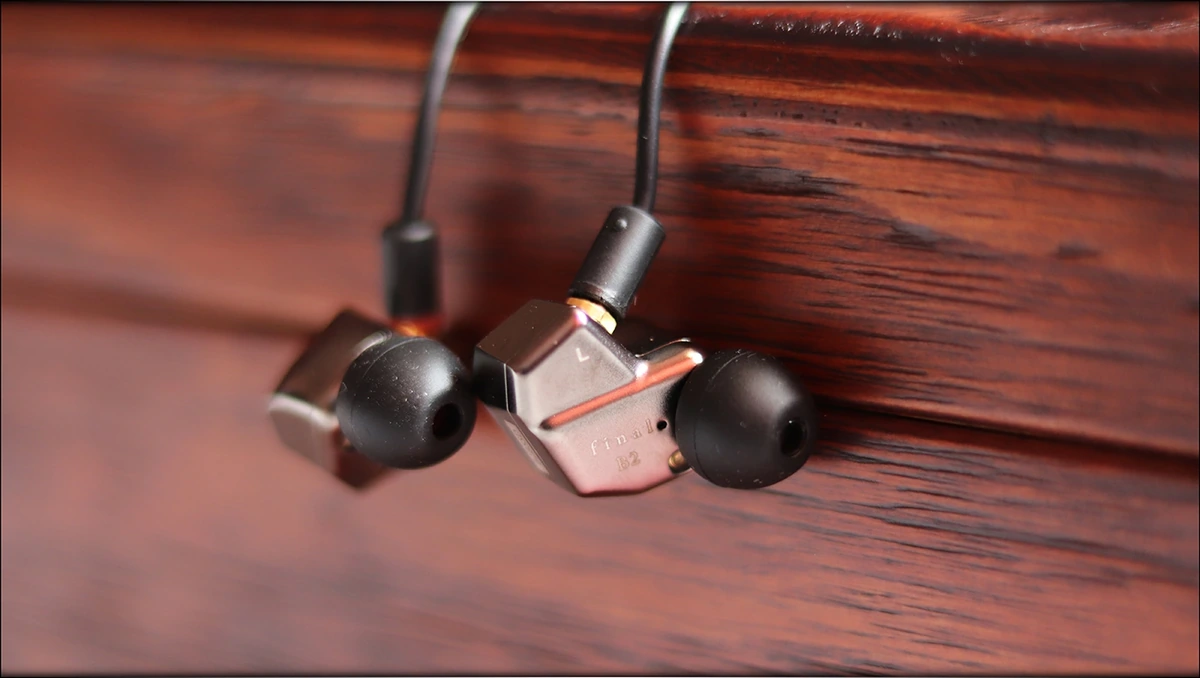
The sound is colder, wider, and more analytical, coming from the Final B3, and you’d be hard pressed to find something that manages to sound this natural in the mids, while having that wide stage, and that sparkly treble, while B2 is a thicker, more intimate IEM that has a really soft attack, which makes them lack precision, but that lush and rich midrange, with a natural tonality will make it the favorite of those who enjoy a honest and natural sound more than the more analytical B3.
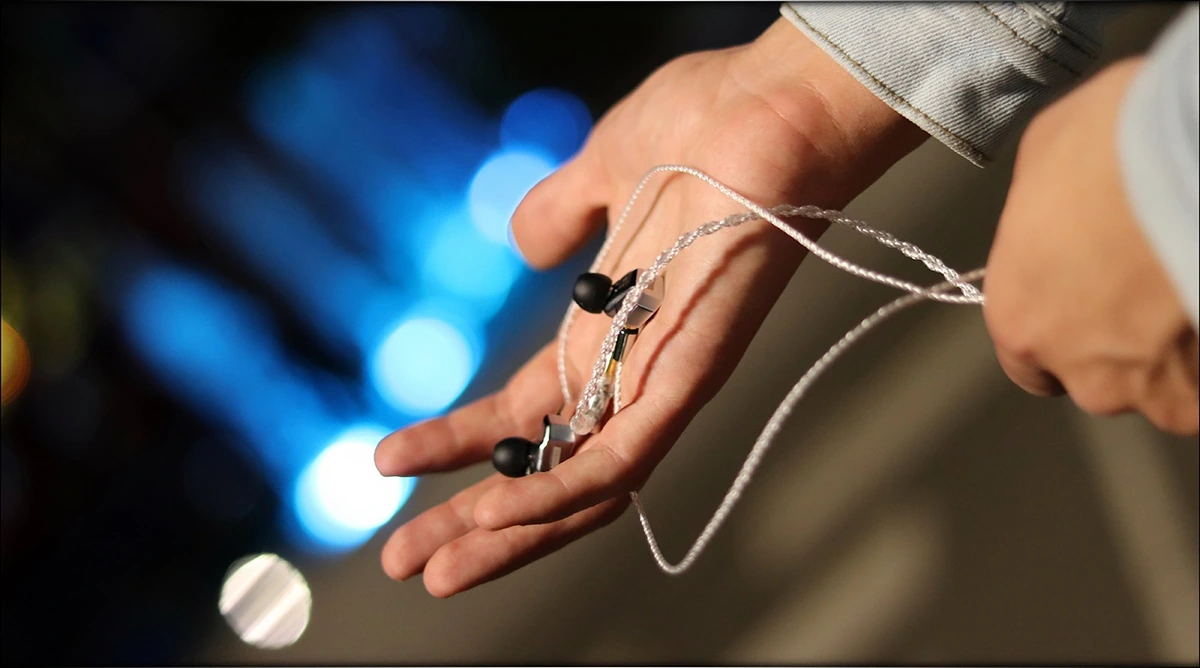
At the end of this review, if you’re looking for a durable, and comfortable IEM, one that has a wide stage, excellent detail and clarity, one that has a natural-bright-ish tonality, yet manages to be a consistent V-Shaped experience, and one that has excellent layering, you would totally enjoy Final B3.
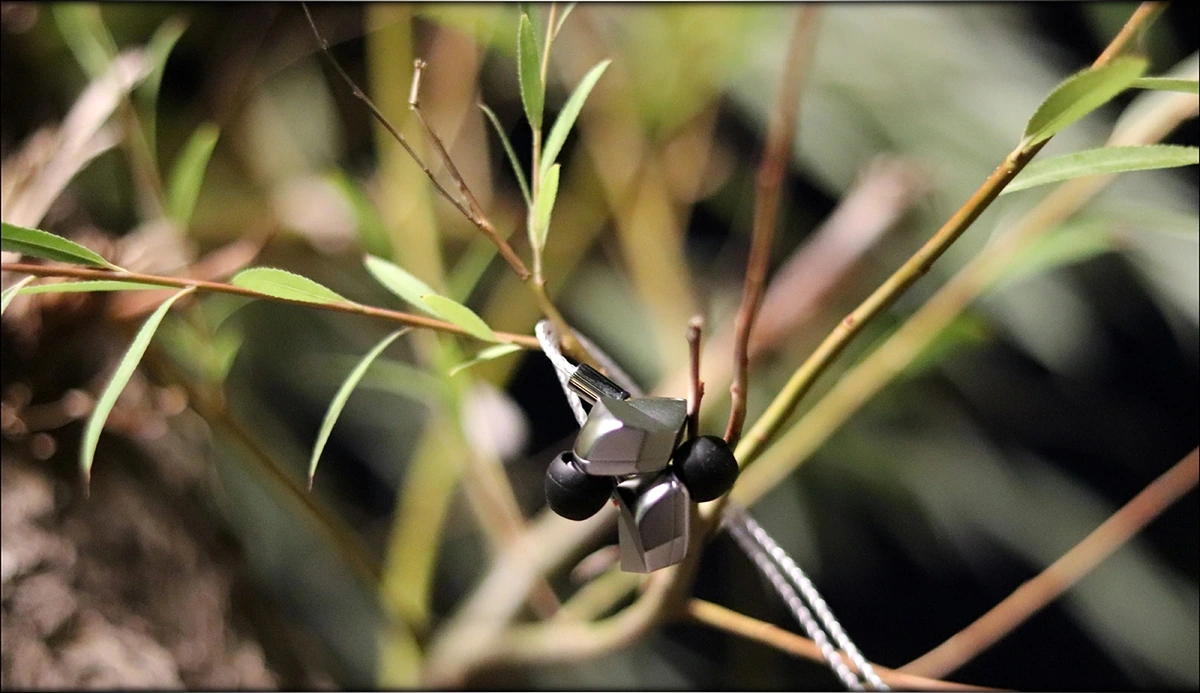
Also, at the end of this review, if you’re looking for a comfortable IEM, that has an intimate soundstage, yet exceptional imaging, one that has a more lush and rich-organic tonality, and manages to keep the treble smoother, with a warm, bassy presentation, and has a well-controlled bass, you would totally enjoy Final B2, the less pricey IEM from their B series.
Product Link
You can always get Final Audio B2 or B3 from www.amazon.com here:
Final B2: https://www.amazon.com/Final-Isolating-Headphones-Earphones-Balanced/dp/B07VFD2ZW9/
Final B3: https://www.amazon.com/Final-Isolating-Headphones-Earphones-Balanced/dp/B07VSD9LKK/
--- Please remember to stay safe, and always have fun while listening to music!---
- If you have a dime to spare, please donate, and help us! It would make the day brighter for me and my wife-
Full Playlist used for this review
We listened to more songs than those named in this playlist, but those are excellent for identifying a sonic signature. I recommend trying most of the songs from this playlist, especially if you’re searching for new music! The playlists are different for Spotify, Tidal and Youtube, and based on the songs I enjoy and are available on each!
https://www.youtube.com/playlist?list=PL_cjBXGmwSHSdGcwuc_bKbBDGHL4QvYBu
https://open.spotify.com/playlist/5J3oloz8Riy9LxEGenOjQ0?si=979ba4f082414be7
https://tidal.com/browse/playlist/330fd544-8e5b-4839-bd35-676b2edbb3d5
--- Contact Us ---






I love your works, just purcahsed one of those Final B3 and they’re exactly as you describe, nice work!